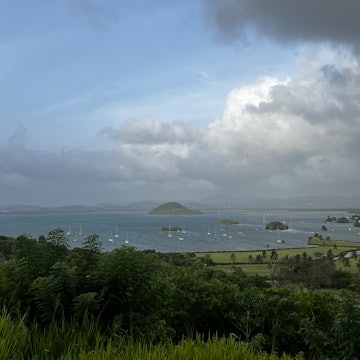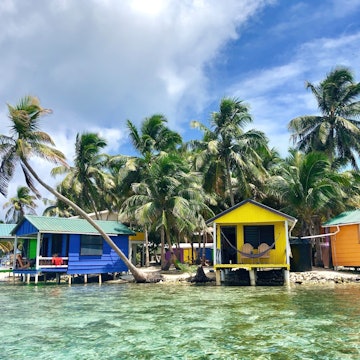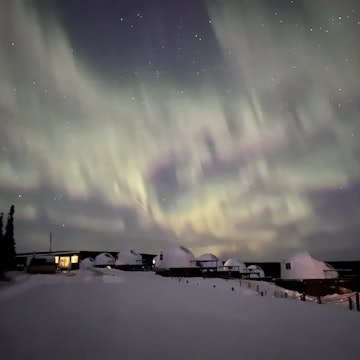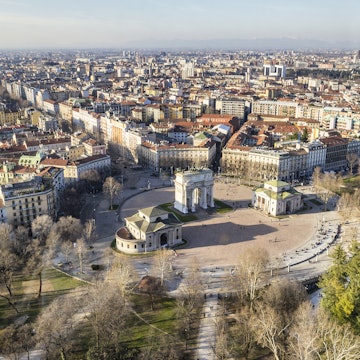

The Minor Mosque in Tashkent. shushonok/Shutterstock
So you’ve landed in Tashkent and you're all set to head out of town and be dazzled by the blue tiles of the ancient monuments at Samarkand and Bukhara? Hang on there, not so fast.
Uzbekistan’s capital city is more than just an entry point to this fascinating Central Asian country, and it deserves more than a day of your time. In Tashkent, the cultural influences of the ancient network of trading routes known as the Silk Road merge seamlessly with the current sociopolitical mores of the Soviet Union. On the city’s wide, leafy boulevards, squat USSR-era residential blocks meet swanky shopping malls. And just a few blocks away, mosques and medressas from a much older time sit quietly, waiting for even a fraction of the visitors the more popular tourist towns like Samarkand and Bukhara see. So delve right into our list of what to see and do in Tashkent.
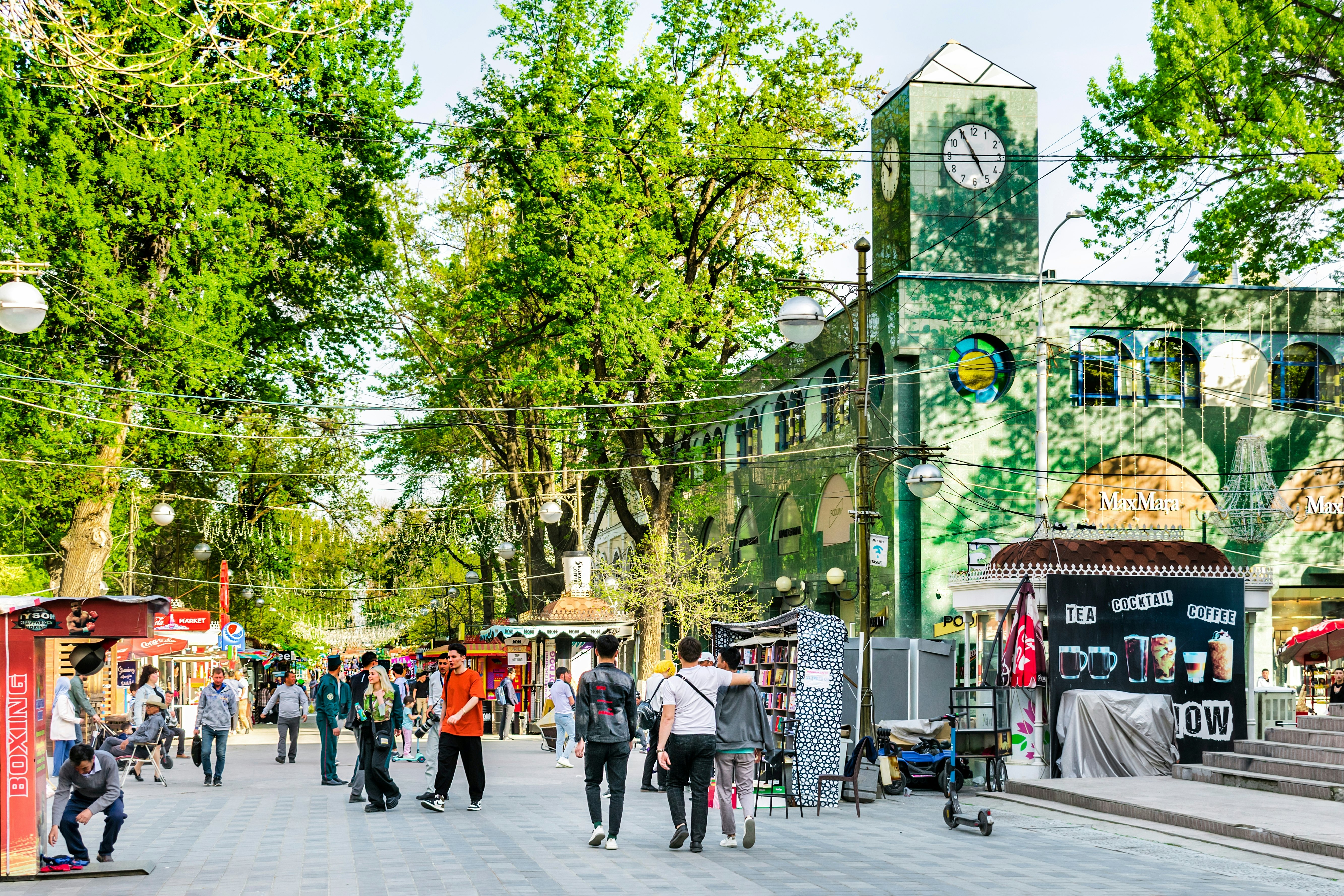
When to arrive: Spring is the best time to be in Uzbekistan, especially around the Persian New Year celebrations of Nowruz that typically coincide with the spring equinox date of March 21. The early summer and the autumn months also have brilliant weather, but avoid the blazing summer season between mid-June and late September.
How to get from the airport: There are official airport taxis available, but a Yandex ride is cheaper, so make sure to download the app to your phone before the trip.
Getting around town: The Tashkent metro is cheap and efficient, running regularly from 5am until midnight, and costing just 3000 Uzbek som (~US$0.25) for a single one-way ticket. Otherwise, there is always Yandex.
Where to stay: The InterContinental and the Hyatt Regency are both centrally located and within easy walking distance of many attractions, including the Alisher Navoi Grand Theatre and the State Museum of the History of Uzbekistan (which is temporarily closed for repairs as of June 2025).
And while we don’t recommend actually staying at Hotel Uzbekistan, make sure to stop by for a photo, if only to see what was one of the most (electronically) bugged hotels during the Soviet regime. It used to be a regular spy hangout, y’all.
What to pack: Although Tashkent is more liberal than other Uzbek towns, it is best to wear modest clothes that cover the knees and shoulders, a sturdy pair of walking shoes and a scarf that can be used to cover your head inside mosques and mausoleums.

Day 1
Morning: Breakfast is not typically a major meal in Uzbekistan, but you can fuel up at one of the western cafes like Bon! or Arrows & Sparrows serving excellent coffee with eggs, breads, pastries and croissants, and good old avocado on toast.
How to spend the day: Tashkent’s metro system is a veritable art gallery, with distinctive art and architectural elements (ornate chandeliers, gleaming granite pillars and stunning wall mosaics) in each of the 29 stations serviced by three color-coded lines. If Pakhtakor has the long mosaic celebrating the cotton-picking industry that once supported the economy, then Kosmonavtlar is an ode to Russian cosmonauts from Yuri Gagarin to Valentina Tereshkova, and the great Space Race of the 1960s.
The Oʻzbekiston Line will eventually take you to Chorsu Bazaar, the sprawling market under a vast blue dome, where locals come to buy everything from shirts and skullcaps to spices and sausages, and vendors offer endless samples of their candied fruit and nuts.
When you exit, walk for a few minutes to admire the blue tiles of the Kukeldash madrasah (religious school), originally built in 1570. It has since been destroyed and rebuilt several times since then, variously serving as a caravanserai and a museum, before regaining its status as a madrasah.
By noon, make a beeline for Besh Qozon, earlier known as the Central Asian Pilaf Center, where a few hundred kilos of plov are cooked in large batches every single day. There is no better place to sample Uzbekistan’s “national dish” of slightly spiced rice cooked with fatty meat pieces, onions, carrots and raisins.
Note: Horse meat is common in Uzbekistan alongside beef and lamb, so make your preference known here and elsewhere.
Dinner: If the plov feels forbidding, then a meal at Afsona is a good way to try contemporary Uzbek cuisine, with standout dishes like meat samsa (savory pie), manti dumplings and hand-pulled lagman beef noodles. Work it off with a stroll and a spot of people-watching at Mustaqillik Maydoni (Independence Square), the central plaza surrounded by impressive government offices and grand monuments.
After dark: Tashkent is not exactly known for its nightlife, and most of the pubs and bars cater mainly to Russian tourists. But the Steam Bar offers great cocktails and live music, while the Gentlemen’s Pub has a more laidback vibe and local beers.
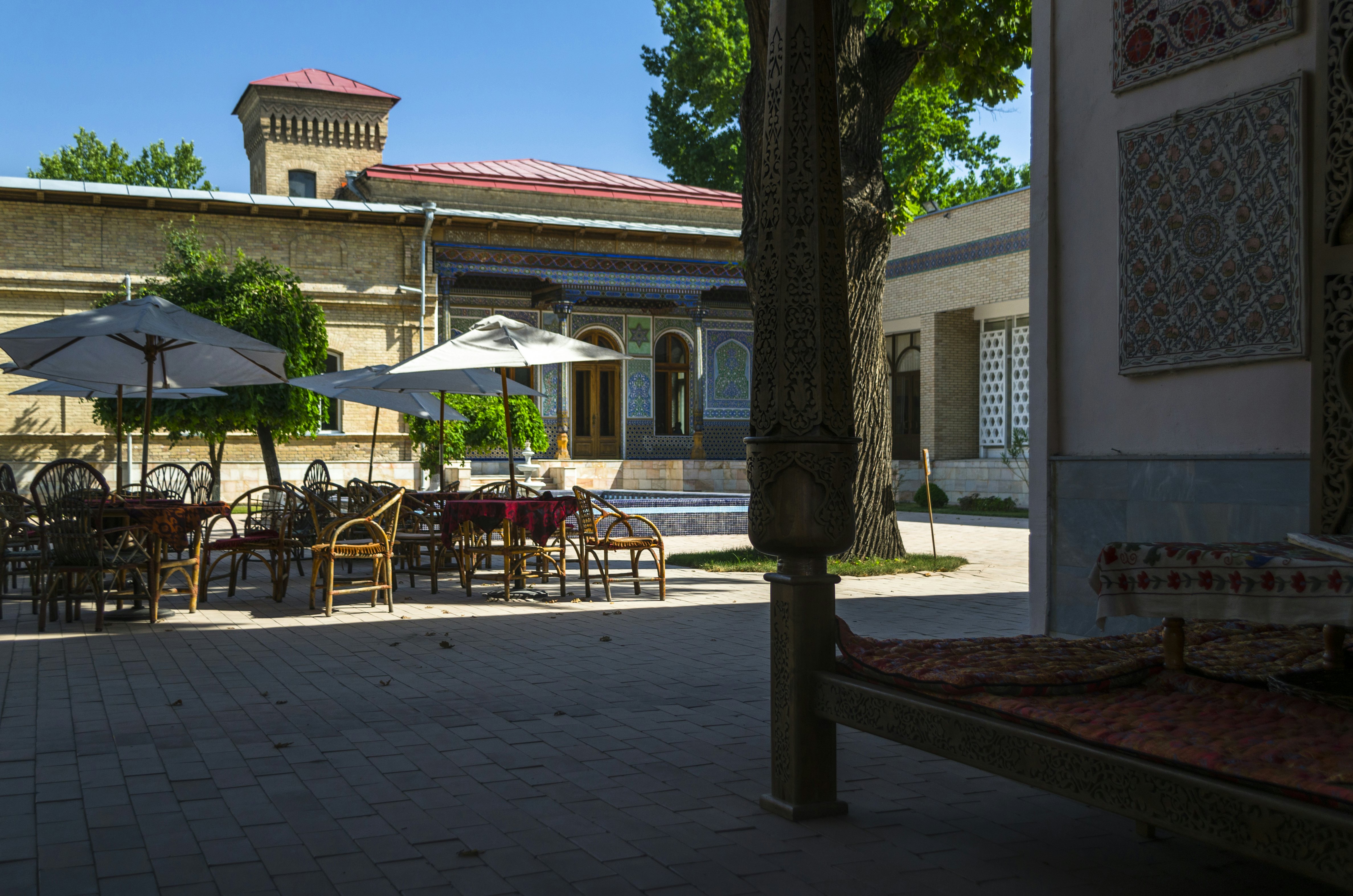
Day 2
During the day: Explore the old city area known as Eski Shahar. While the Khast Imam (also known as Hazrati Imam) Complex is temporarily closed as of June 2025, it features a mausoleum and a madrasah, with the highlight being the small Muyi Mubarak Library near the main mosque. The library houses the seventh century Uthman Quran, believed to be the world’s oldest copy of the Islamic holy book.
Head on next to the Museum of Applied Arts, the absolute gem among Tashkent’s handful of museums (not to be confused with the State Fine Arts Museum). Set in a beautiful late 19th-century residence, the museum showcases a wide range of traditional Uzbek art and crafts like ceramics, textiles, embroidery and miniature paintings.
Dinner: It’s perhaps time to look beyond Central Asian food, so book a table at the popular Gruzinskiy Dvorik (Georgian Yard) for Georgian delights like juicy khinkali (dumplings) and chakapuli (lamb stewed in white wine and seasoned with cherry plum sauce). Tashkent also has a selection of international cuisine, from pizzas and pasta at Affresco to Lebanese and Mediterranean fare at Café 1991.
After dark: There’s usually some world class opera or ballet at super reasonable prices at the architecturally striking Alisher Navoiy Grand Theatre (seriously, where else are you going to watch Russian ballet for $3?). It would be the perfect way to end your time in Tashkent.

Day 3
Morning: Before leaving Tashkent to explore more of Uzbekistan, pay a visit to Human House, a creative hub in the heart of town set up to showcase and promote local crafts. This venue is a lovely blend of art gallery, cultural museum and gift shop, with regular events and workshops open to visitors. Stretch your legs with a hot lemon tea at the cafe and pick up unique, responsibly sourced souvenirs to take back home.
If you stop by Tashkent on your way back, don’t forget to check out some of the other fascinating museums in the city.







